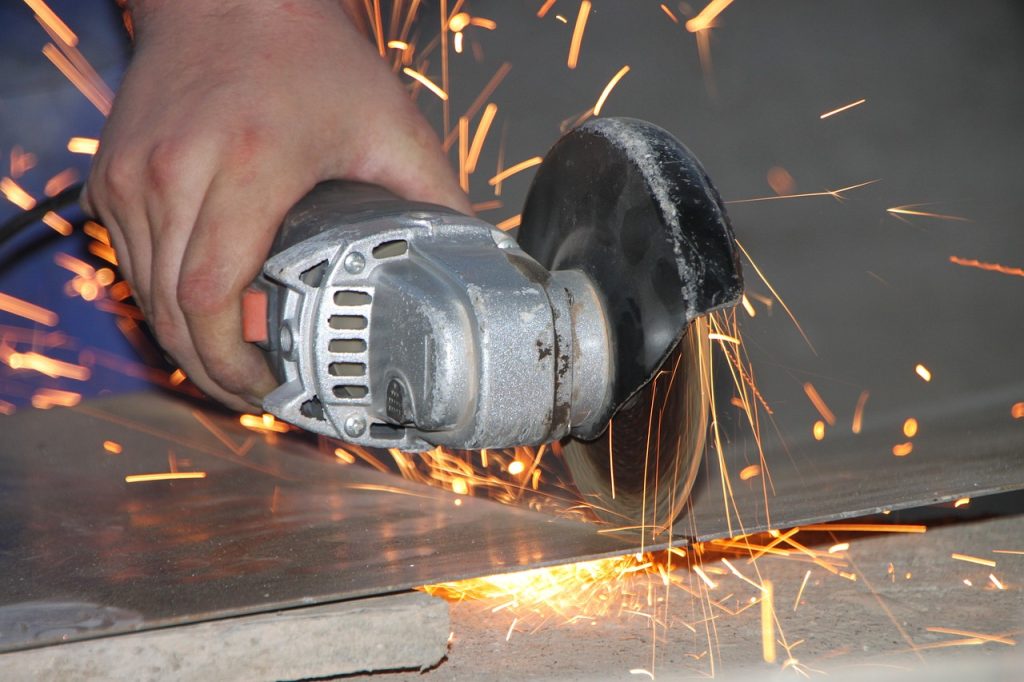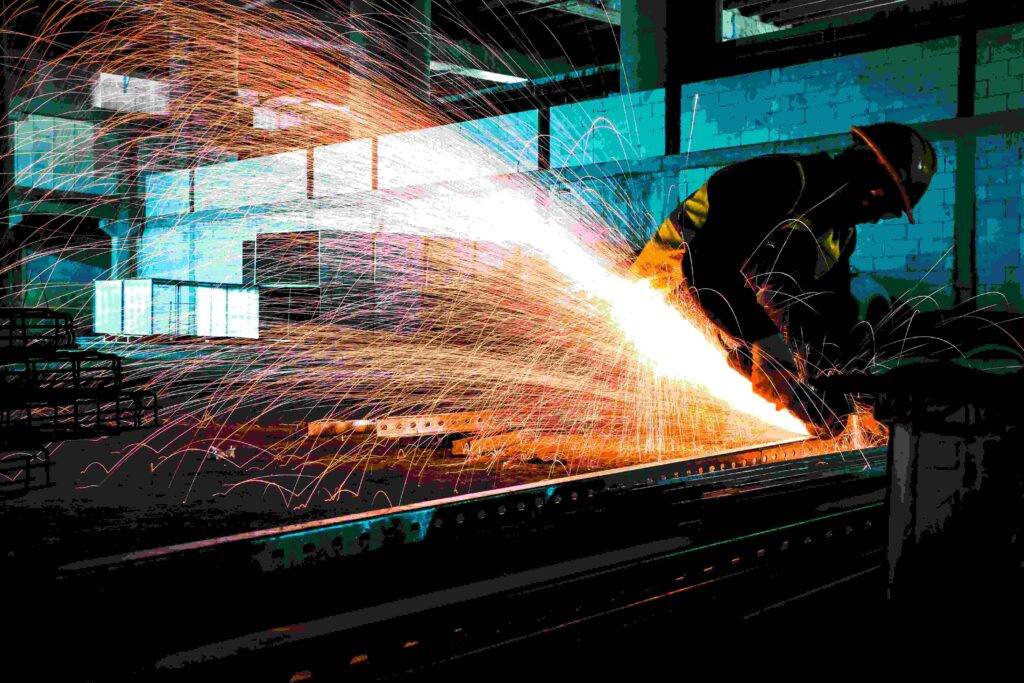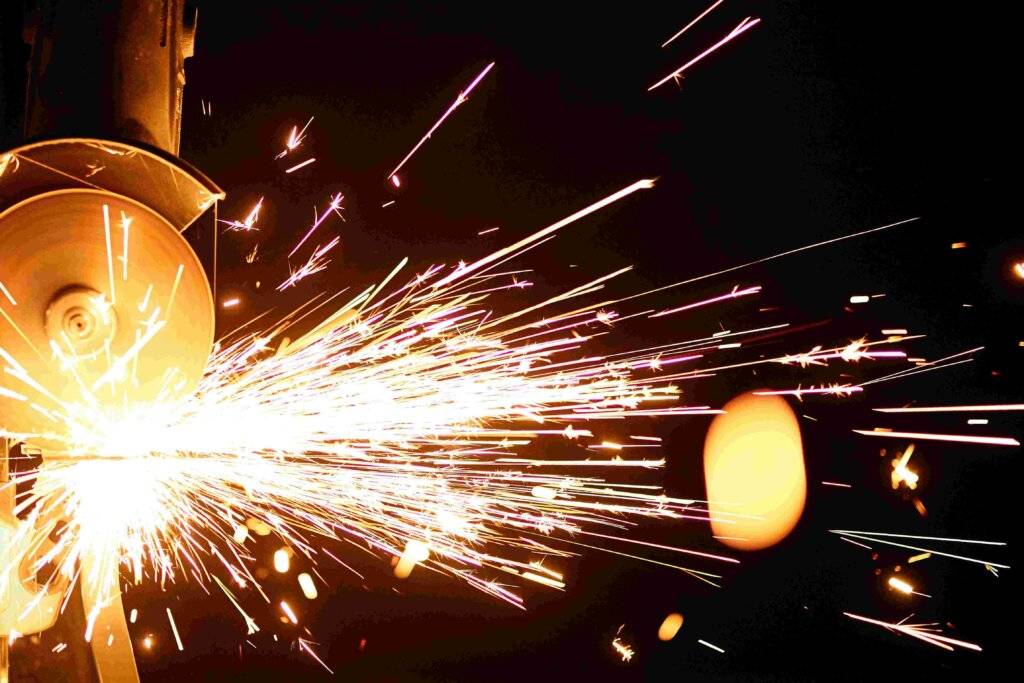Angle grinders are indispensable tools for cutting, grinding, and polishing tasks, but not all models are created equal. While many prioritize performance and durability, others cut corners on safety features, posing serious risks to users. In this article, we reveal the top 5 angle grinders to avoid for safety concerns, backed by expert insights and user reports. We’ll also highlight red flags to watch for and recommend safer alternatives. Whether you’re a DIY enthusiast or a professional, this guide will help you avoid dangerous tools and prioritize workplace safety.
Why Safety Matters with Angle Grinders
Angle grinders are among the most hazardous power tools due to their high-speed rotating discs. According to OSHA, improper use or faulty equipment accounts for thousands of injuries annually, including lacerations, kickbacks, and disc shattering. Key risks include:
Disc fractures: Low-quality blades or grinders can cause discs to explode.
Lack of safety guards: Increases exposure to sparks and debris.
Overheating motors: Can lead to sudden malfunctions.
Poor ergonomics: Unstable grips increase the risk of slips.
Choosing a grinder with robust safety features is non-negotiable. Below, we expose models that fail these standards.
Top 5 Angle Grinders to Avoid for Safety
1. Generic “No-Name” Angle Grinders
Safety Concerns:
Uncertified components: Often lack UL, ETL, or CE certifications, signaling untested electrical systems.
Weak safety guards: Flimsy or missing guards expose users to debris.
Overheating issues: Cheap motors overheat quickly, increasing fire risks.
Common Brands to Avoid:
Beware of unbranded grinders sold on discount platforms like Wish or AliExpress. These often use vague names like “ProCut 8000” without credible manufacturer details.
2. Overpowered DIY Models with No Kickback Control
Safety Concerns:
Excessive power without safety tech: High-wattage motors (e.g., 15+ amps) paired with no anti-kickback mechanisms can jerk violently during use.
Lack of soft start: Sudden high-speed starts make the tool hard to control.
Model Example:
The “TurboGrind 1500W” (hypothetical) is marketed to DIYers but lacks essential safety features for its power class.
3. Grinders with Non-Replaceable Carbon Brushes
Safety Concerns:
Motor failure risks: Worn carbon brushes can cause sparking, motor burnout, or sudden stops.
No user maintenance: Sealed units prevent brush replacement, forcing users to discard the tool or risk malfunctions.
Model Example:
The “BudgetPro 4.5” Grinder” (hypothetical) has sealed motors that users can’t service, leading to unpredictable performance.
4. Models with Poorly Designed Handle Grips
Safety Concerns:
Slippery or awkward grips: Increase the likelihood of losing control, especially during prolonged use.
Vibration-heavy designs: Excess vibration causes hand fatigue and reduces precision.
Model Example:
The “GripMaster 7” Grinder” (hypothetical) has a bulky, rubberless handle that users report slipping during heavy grinding.
5. Angle Grinders with Faulty Disc Lock Mechanisms
Safety Concerns:
Stuck or jammed locks: Difficulty changing discs forces users to improvise, risking accidental starts.
Weak spindle locks: Discs can loosen mid-operation, leading to catastrophic failures.
Red Flags: How to Spot an Unsafe Angle Grinder
Before purchasing, watch for these warning signs:
Missing certifications: Avoid grinders without UL, ETL, or CE marks.
Poorly written manuals: Sloppy translations or vague instructions indicate low quality.
No overload protection: Tools without thermal cutoffs risk overheating.
Negative user reviews: Search for terms like “dangerous,” “broken,” or “unsafe” in reviews.
Unrealistically low prices: Extreme discounts often mean compromised safety.
Safer Alternatives: What to Buy Instead
Prioritize brands that combine performance with safety innovations:
Bosch 1375A: Features kickback control and a secure grip.
DeWalt DWE402: Includes vibration reduction and a dust-sealed switch.
Makita XAG04ZU: Brushless motor with electronic speed control.
FAQs About Angle Grinder Safety
Q1: Can a cheap angle grinder cause injury?
Yes. Cheap grinders often lack safety guards, certifications, and durable components, significantly increasing accident risks.
Q2: What’s the most common angle grinder injury?
Kickback-related lacerations or disc shatter injuries due to faulty blades or excessive force.
Q3: How do I maintain my angle grinder for safety?
Regularly inspect discs for cracks.
Replace carbon brushes when worn.
Always use the safety guard.
Conclusion: Prioritize Safety Over Savings
While budget-friendly tools are tempting, cutting corners on angle grinder safety can lead to life-altering injuries. Avoid the top 5 angle grinders listed above and invest in certified, well-reviewed models from reputable brands. Your safety—and the safety of those around you—is worth the extra cost.
By steering clear of poorly designed tools and following best practices, you can tackle projects confidently and reduce workplace hazards.



